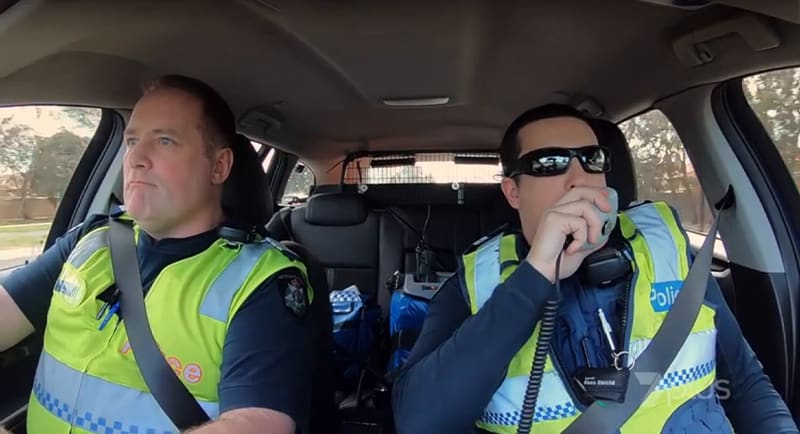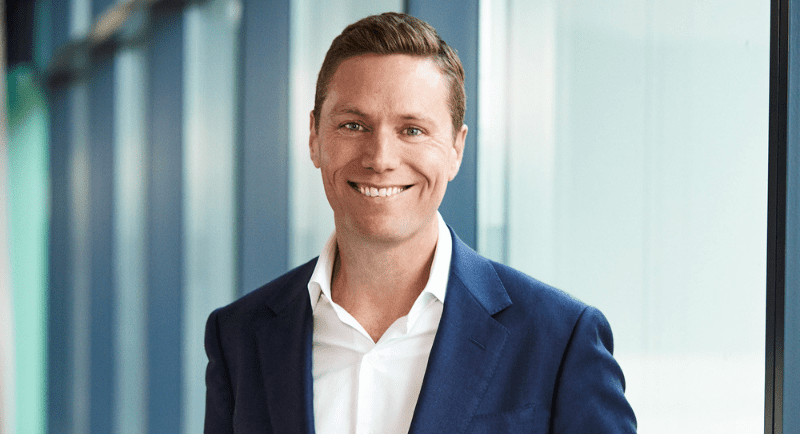As technology rapidly advances, so too do the ways that broadcasters work to reach their audiences. Enter, the rise of FAST channels – standing for Free Ad-supported Streaming Television.
The free streaming platforms work like online versions of linear broadcast channels, and are a major area of focus for the team at Seven – in 2022, 7plus FAST channels grew by 117%, from 24 to 53 channels.
In America, FAST channels are expected to generate more advertising revenue than cable, broadcast, or subscription streaming services by 2025, a pattern that may well repeat itself down under.
Mediaweek spoke to Seven’s Chief Digital Officer, Gereurd Roberts, about why the broadcaster is focussing its attention on FAST.

Farmer Wants A Wife
“For us, FAST channels have been critically important – they’re a key pillar of our content strategy,” says Roberts. “Our content strategy for 7plus is built on three pillars: live, VOD, and now FAST. I think the power is in how they work in combination.”
In an increasingly fragmented TV landscape, Roberts says that FAST channels offer viewers a reprieve from endlessly scrolling while trying to find something to watch.
“If you have a look at 7plus, there are 15,000 hours of content on that platform, and half of the content that’s on there isn’t on broadcast. On all platforms, the consumer feedback says that a lot of the time, there’s just decision paralysis – there is so much stuff across so many platforms, that sometimes it’s really hard to actually choose what it is you want to watch.
“The growth that we’re seeing around FAST channels is a result of the fact that they allow you to get into a content genre or an area that you’re deeply interested in, but to do so without having to make too many choices. It’s a really easy way into content that you care about.”

Australian Idol
Personalisation is key when it comes to FAST channels, and Seven have been using artificial intelligence to help target viewers with relevant channels, content, and ads. Roberts says that the personalisation engine – launched in partnership with Amazon – further aids viewers in content discovery, and works across VOD.
“If you come in and you’re watching a particular type of programming, or there’s a particular actor that you like, or a particular genre or show, what the personalisation engine does is continues to put content that you are more likely to like in front of you. That’s a really powerful tool.
“It means that when we acquire content, we can be confident that the right audiences are going to see it at the right time – it’s not going to be buried at the bottom of the 7plus platform. It’s also driving returning behaviour, so we’ve got more loyalty and more daily active usage.”
It’s not just the individual’s needs that can be catered to either, with Roberts pointing out that FAST channels offer Seven the flexibility to respond to the market as a whole.
“The great thing about these channels is that you can uncover a consumer insight, and you can quickly either raise or bring down a channel in line with that. As we went through Covid, people were investing more in houses and renovation, so we really over-indexed in the Better Homes and Gardens channel and in channels that really played into the lifestyle space. We got huge engagement there.
“Similarly, as these channels start to lose traction or wane, you can pull them down just as quickly. It allows for us to do two things: use insights to drive programming decisions, and to also have a responsive approach to programming when things either stop working or start working better than what they have previously.”

Highway Patrol
It’s not just consumers that the FAST channels are working for, with the ‘A’ in the acronym standing for ‘ad-supported’. For brands and partners of Seven, FAST channels are just another tool that can be used to reach audiences wherever they are.
“From an agency and a revenue perspective, what we can do is talk to our clients about the right combination of live, VOD, and FAST to be able to reach the audience that they’re after. We can stitch together the right combination of content across each of those three content pillars in order to reach their target audiences. That’s something that’s proven incredibly powerful, and something that’s really been effective in order to drive revenue.
“It helps us demonstrate a better understanding of what it is that our consumers are watching and why. It also allows us to be able to target the right audiences through the right combination of content, regardless of what it is that they’re looking for when they come into the platform.”
For Roberts, the future of FAST is bright, as it is with all free content. Over the past 12 months alone, Seven has more than doubled its number of FAST channels, and tripled the number of minutes broadcast in the space – and that growth shows no sign of slowing down.

Home and Away
“That growth ensures that not only will we keep investing in the space, but others will too. We’ve taken a market-leading position on FAST in Australia because we got onto it early, but I think people will continue to invest.
“We’re looking at economic factors at the moment which will mean that people continue to turn to free services – the research shows that the vast majority of people still prefer free. As belts continue to tighten and people need to look at subscriptions, Australians will be looking to free sources of content more and more. The challenge for us is to ensure that when they do look, we’re the ones that they come to.”
See Also: SXSW Tour: Kurt Burnette’s key takeaways
–
Top Image: Gereurd Roberts
